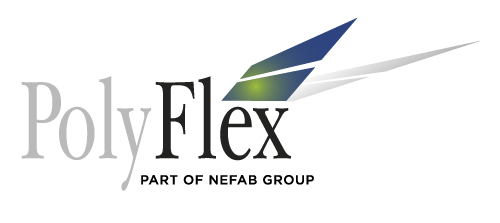Heavy gauge thermoforming is used less often and in more precise ways than in-line thermoforming. One key difference is that in in-line thermoforming the thickness is below 1.5 millimeters, whereas heavy gauge thermoforming’s thickness is between 6.35 millimeter and 9.35 millimeters. The two thermoforming types typically go through the same steps, but result in heavy gauge thermoforming creating a product that’s more likely to stand alone. Typically the upfront costs are less than other materials, so heavy gauge thermoforming is also cost effective. In this post, we will look at what industries use heavy gauge thermoforming.
- Automobile – vehicle exteriors
- Appliance – shells on fridges and microwave ovens
- Aviation – airplane windshields
- Medical – structural support, medical trays, and enclosures
There are many uses and possibilities for heavy gauge thermoforming. The heavy gauged thermoforming plastic can be cut, reshaped, reformed, and drilled to create the best fit for the application. While it’s not easily recyclable, heavy gauge thermoforming has a much longer lifespan than most materials used for the same purposes which means that there is less waste less often. Through advancements in technology there has been a lot of progress when it comes to increasing efficiency and reducing weight when it comes to manufacturing heavy gauge thermoformed products.
At PolyFlex, we specialize in providing custom solutions through in-line thermoforming and heavy gauge thermoforming. We also aim to provide with the highest quality custom designed packaging solutions from in-plant processing trays to rack dunnage. We have the expertise, capability, and experience necessary to provide you with what you need. If you have been on the lookout for a new in-line or heavy gauge thermoforming partner, do not hesitate to reach out to us today. We look forward to hearing from you!

